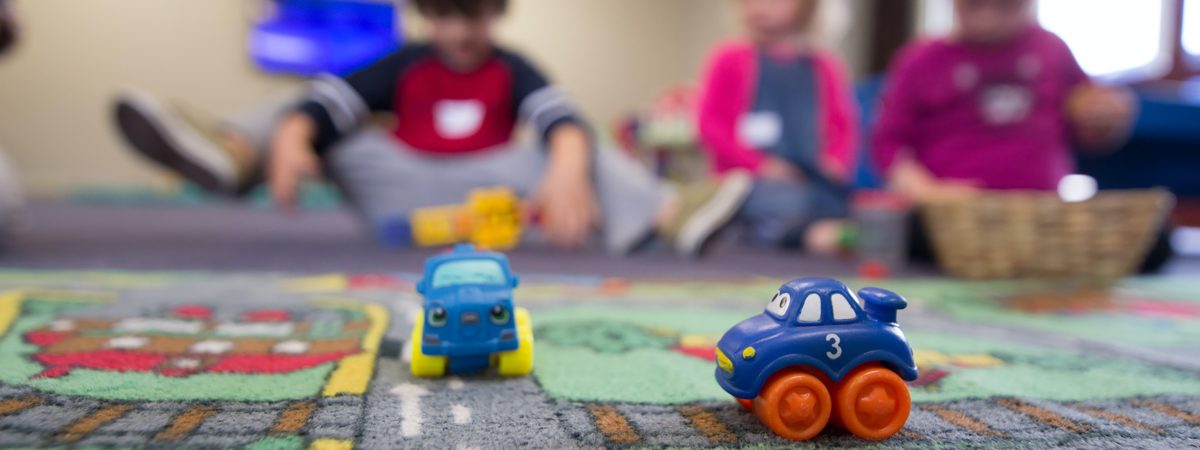
The Teacch method was developed in the 1970’s by Doctor Eric Schopler to improve development and independence of children with autism spectrum disorder (ASD) in the classroom.
This methodology has the goal of improving all areas of the student’s life, such as school, family and social life.
· Providing social skills for improving social relationships.
· Encouraging learning through skills development.
· Improving personal independence and motor skills.
· Establishing daily routines which contribute to child’s development inside and outside the classroom.
· Improving school, family and social adaptation.
The Teacch method requires specific attention, tailored to the needs of each student. Children affected by ASD have cognitive and communication problems. In order to improve their learning a structured teaching system is used and involves different components:
· Time structuring: it is important to design a schedule that can be repeated over time to enable learning through repetition, as well as avoiding activities that are too long, which will cause the children to lose attention.
· Space structuring: through correct design and structure of the work areas in the classroom: group activities area, reading area, computer area, crafts corner, individual work area, etc.
· Work system: adapted to each student’s needs through organizing the activities and the materials that will be used to help them quickly and easily identify what task they have to do, what materials they need, how much time it will take and when the task is considered over.
· Visual information: using visual materials such as pictures, colors and drawings enhances the learning process by minimizing trial and error, since this is not the most appropriate method for children suffering from ASD.
· Activity Schedule: daily activities are planned on a schedule to help build routines and decrease the anxiety caused by changes and uncertainty.
The use of this method allows for improvement in children with autism spectrum disorders and can also bring benefits to children with other special education needs related to socialization and communication.

